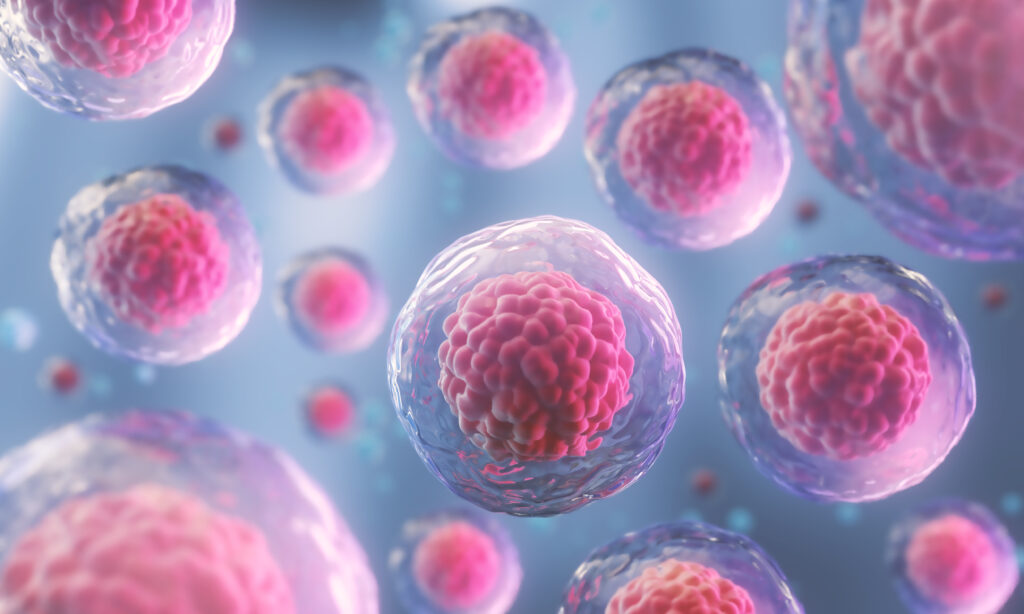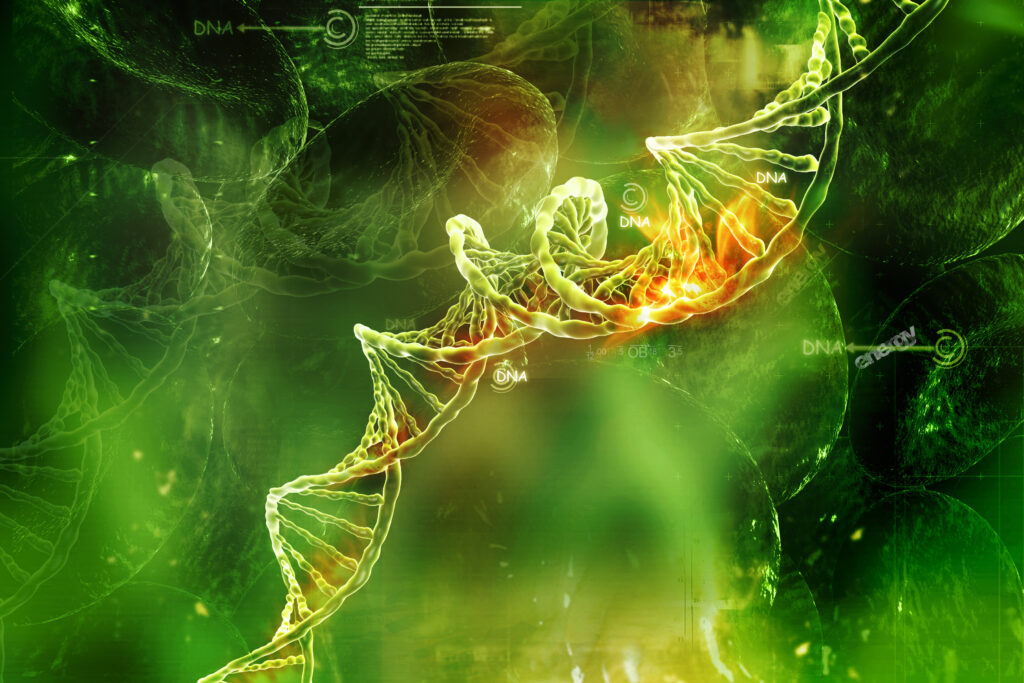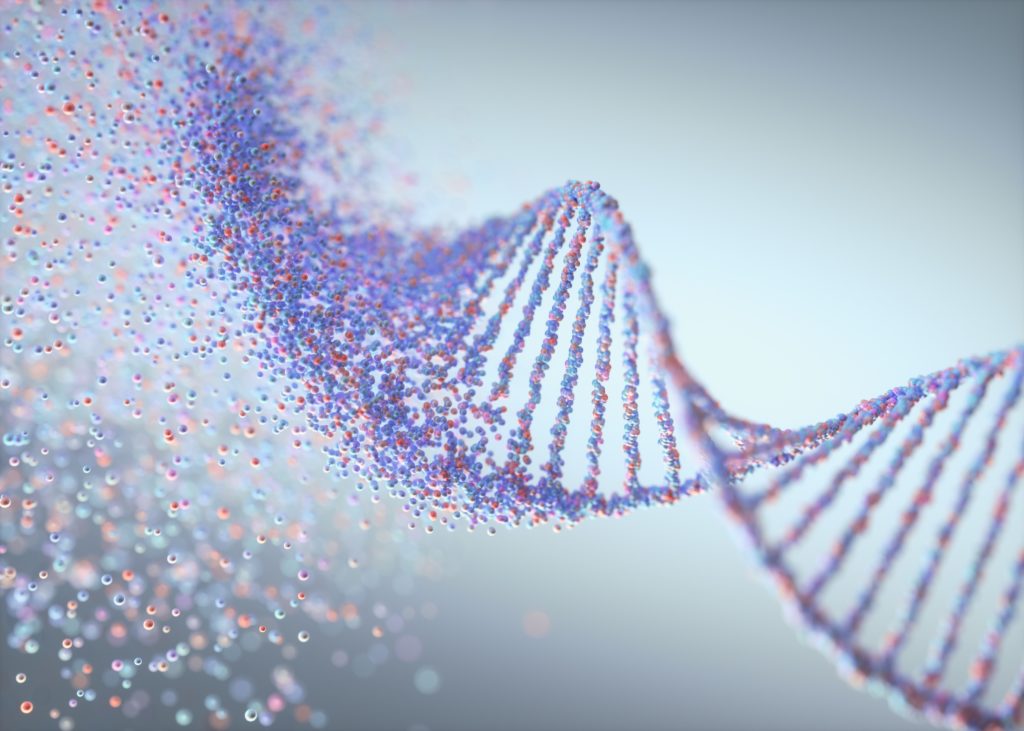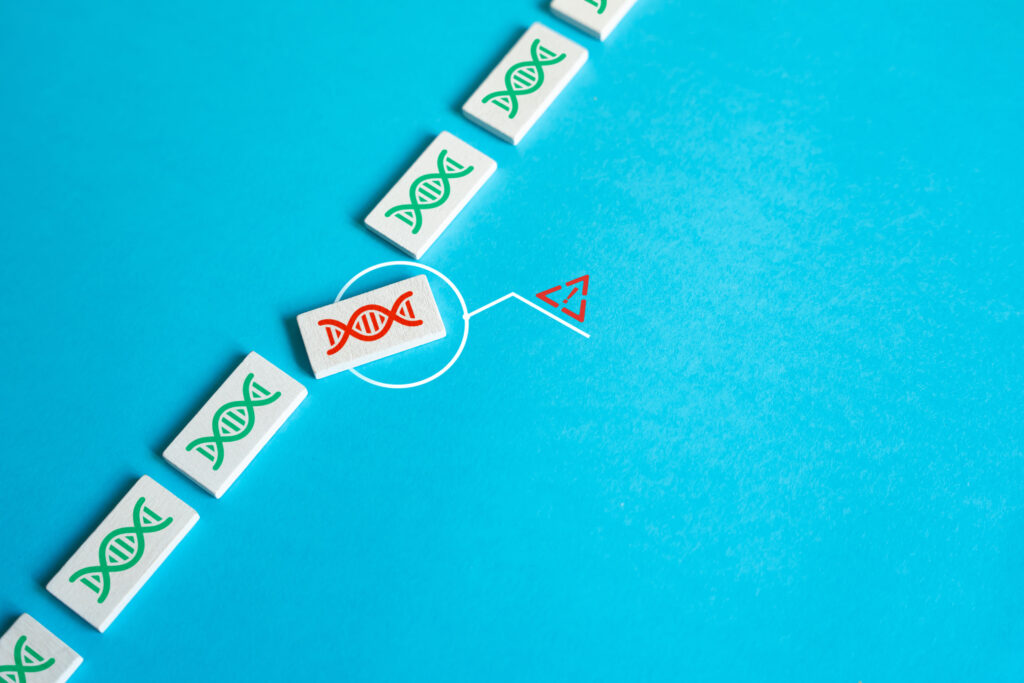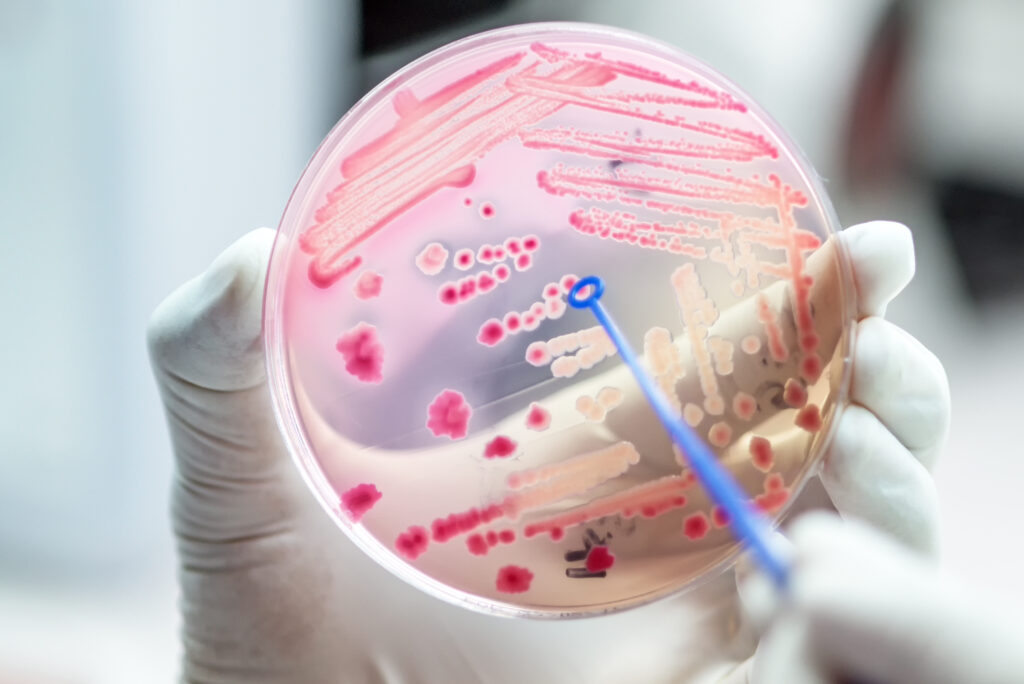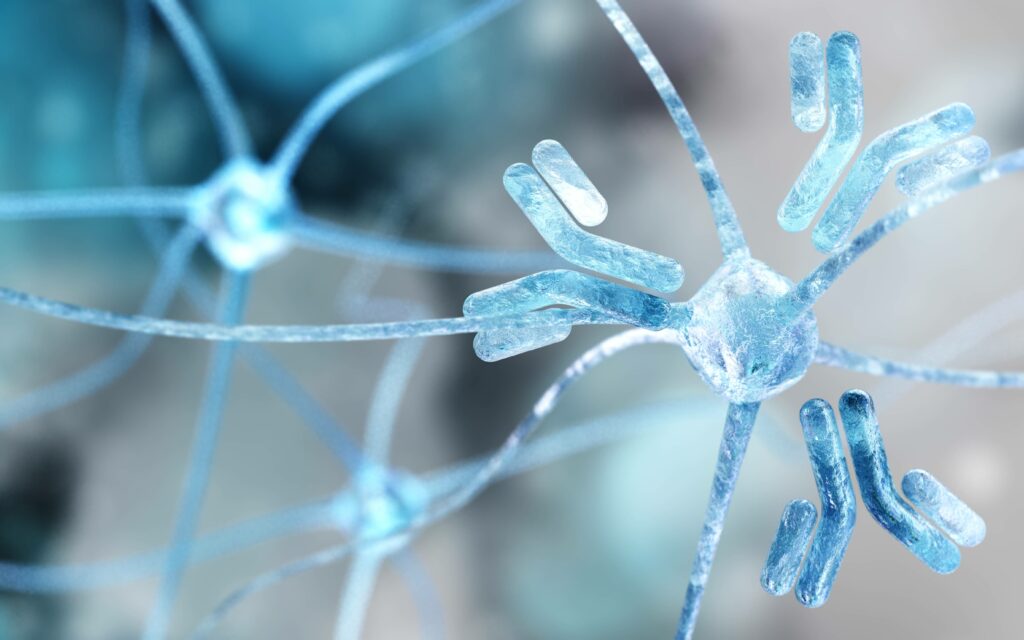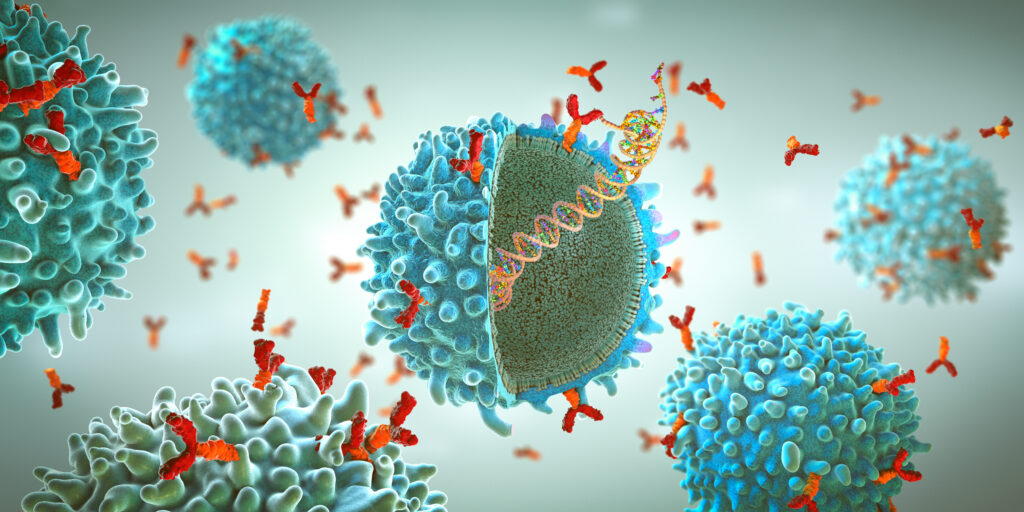
A malodorous argument for Darwinian evolution
University of California evolutionary biologist John Avise has penned a book, Inside the Human Genome: A Case for Non-Intelligent Design, and gotten it published by a top academic publishing house, Oxford University Press. Avise, a member of the National Academy of Sciences, has for decades been a leading researcher in evolutionary and ecological genetics. He has written hundreds of research articles and over a dozen books. Clearly he has an impressive scientific mind. Which makes it all the more astonishing that his new book shows all the intellectual savvy of a typical late-night college dormroom bull session. As his subtitle announces, Avise is anxious to show that, despite the claims of certain renegade biochemists, the molecular features of the human genome Read More ›
